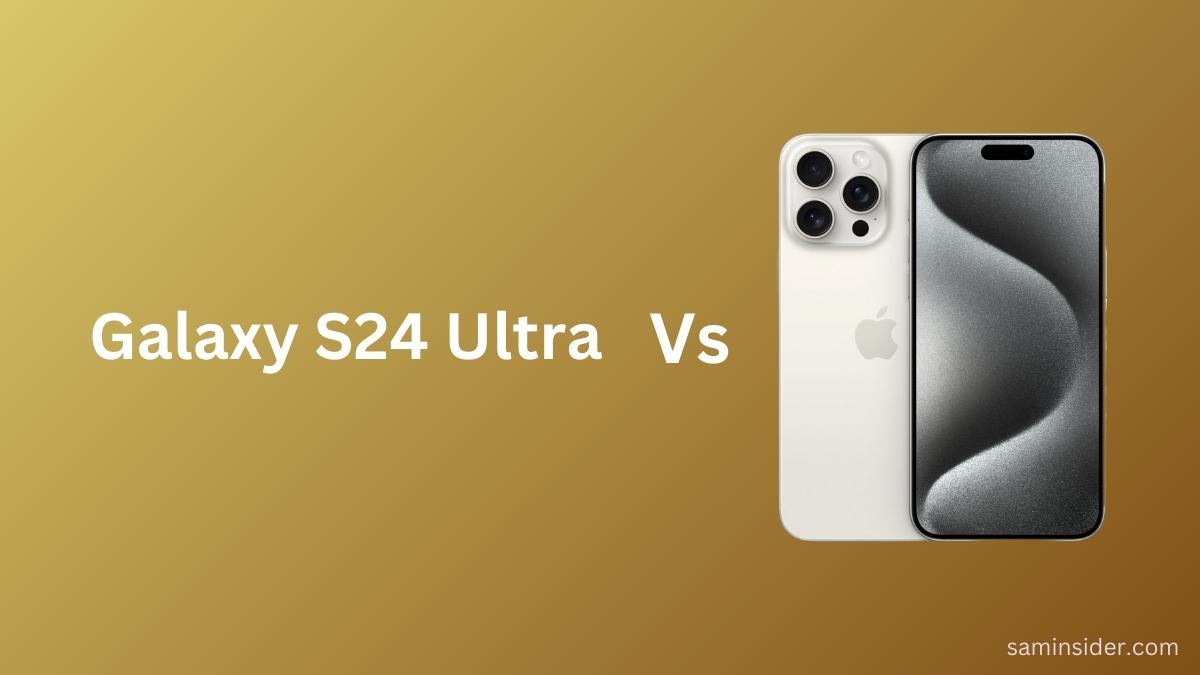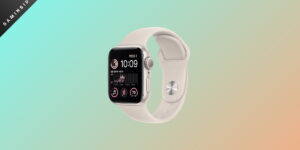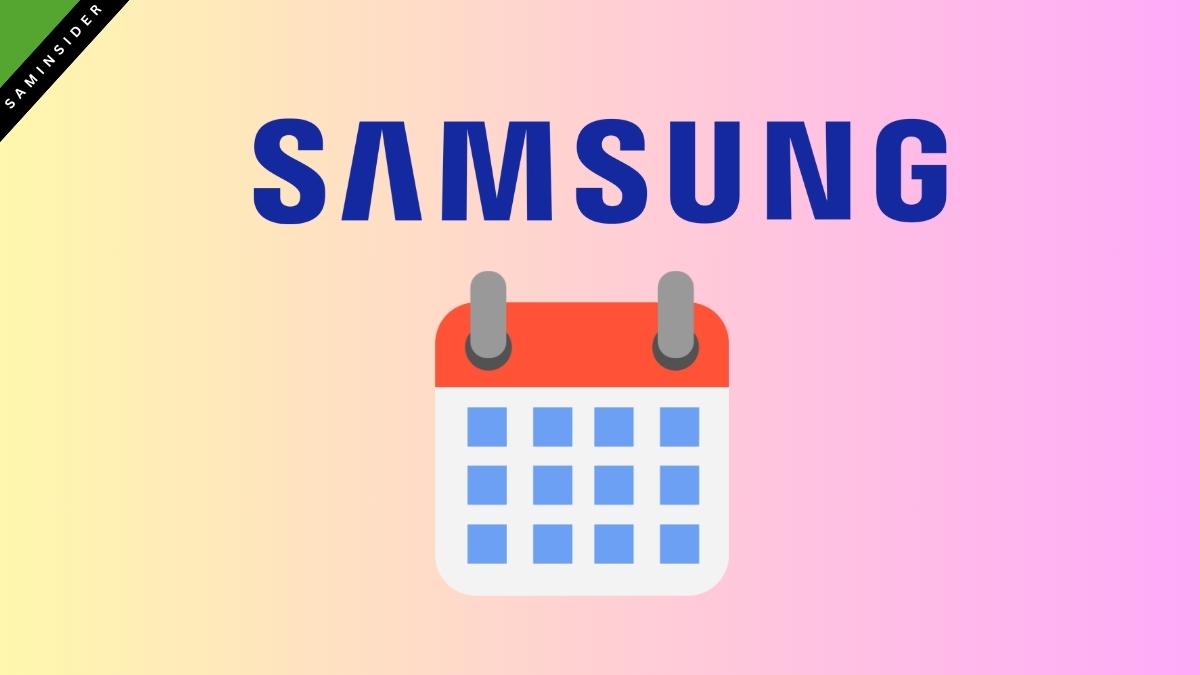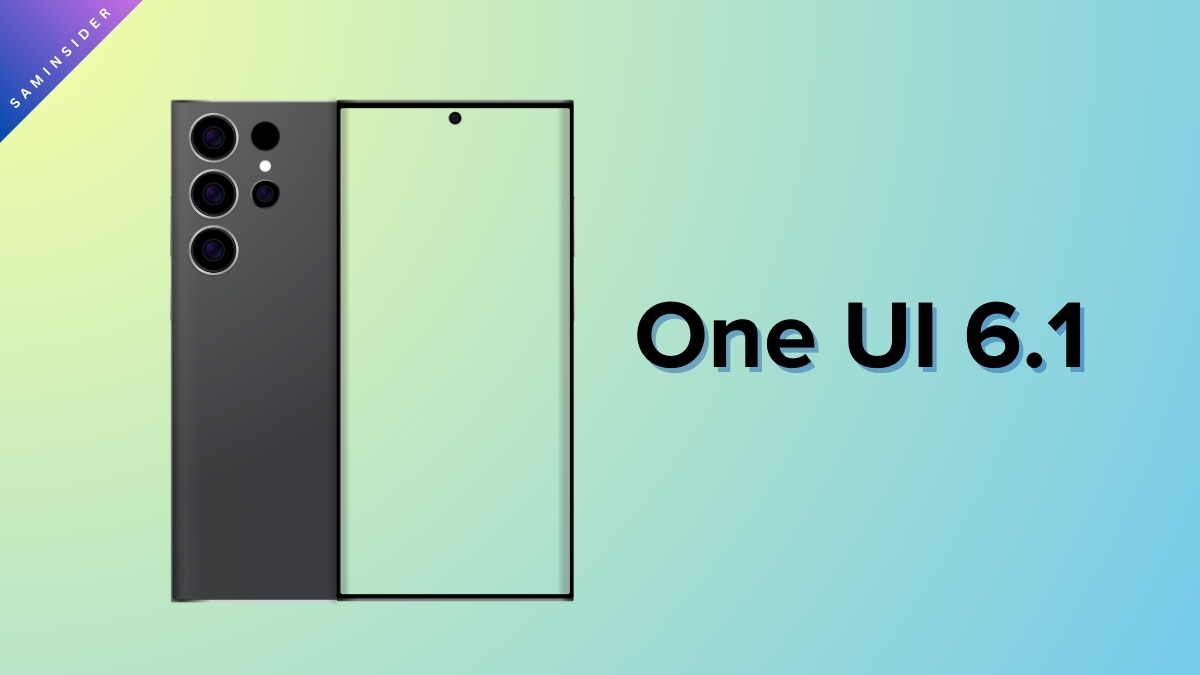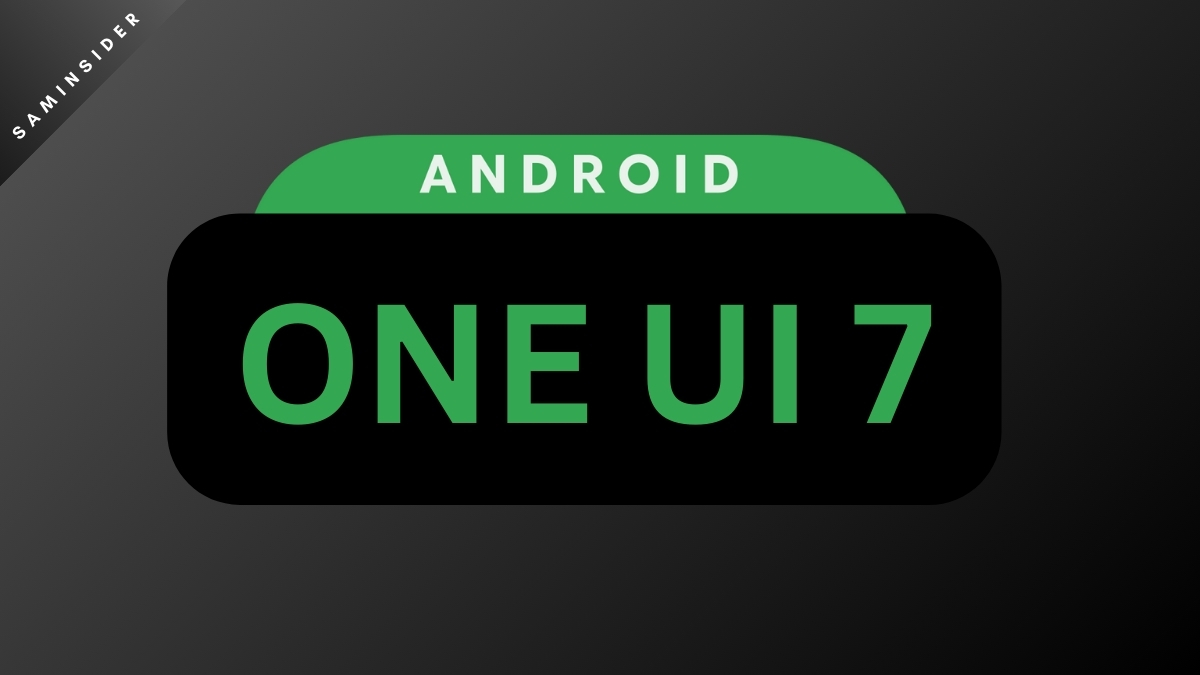It’s been several months since the launch of the iPhone 15 Pro Max. The Samsung Galaxy S24 Ultra launch is not that far away, and it will take place on 17th January 2024 at Galaxy Unpacked 2024.
The 15 Pro Max has some notable upgrades over its predecessor. There’s a tetra prism 5X sensor, a different periscope technology that looks like a traditional telephoto lens instead of a square. This 5X lens is only for the Pro Max model, and the base model sticks to the 3X from last year. Other upgrades include a Titanium frame, new Smart HDR5 standard, USB Type C, A17 Pro chip, and more.
From what we know, the S24 Ultra looks like a major update over the S23 Ultra in terms of software features, despite similar hardware. We might not get many design changes, which is also true for the iPhone. Before the launch of the S24 Ultra, we’ll compare these two phones on paper, and by the end, you’ll know whether it’s worth waiting for the Galaxy S24 Ultra.
Samsung Galaxy S24 Ultra vs. iPhone 15 Pro Max
1. Cameras
The iPhone 15 Pro Max matches the S23 Ultra as an overall camera system. Comparisons can go either way, and there’s no conclusive winner. The iPhone is occasionally better at HDR this time and has better videos and smoother lens switching. The shutter speed is much faster and does portrait mode better.
Samsung takes better photos of static subjects and also maintains its zoom lead. A dedicated 3X lens for portraits goes a long way in intermediate zoom. Since the 77mm focal length is perfect for portrait mode, Samsung takes this section too.
The primary sensors are comparable. The HP2 is a 200MP 1/1.3″ sensor, and the IMX803 is a 1/1.3″ 48MP sensor. The iPhone, however, can do 24MP binning. It takes a full-res 48MP shot and also a normal binned 12MP shot, combines details, does the light optimization and noise reduction, and outputs 24MP samples. This is arguably more detailed than Samsung’s default 12.5MP mode.
The S24 Ultra will move to a 200MP HP2 sensor with better color calibration and video quality. It might even match the quality of some 1″ sensors. This camera comparison in the future could go either way, but Samsung is unfortunately abandoning the 10X periscope lens for the S24 Ultra and replacing it with a 5X lens.
The hardware for 3X remains the same at a 10MP 1/3.9″ sensor, and the same 12MP 1/2.55″ ultrawide angle. We expect the same 12MP selfie camera as well.
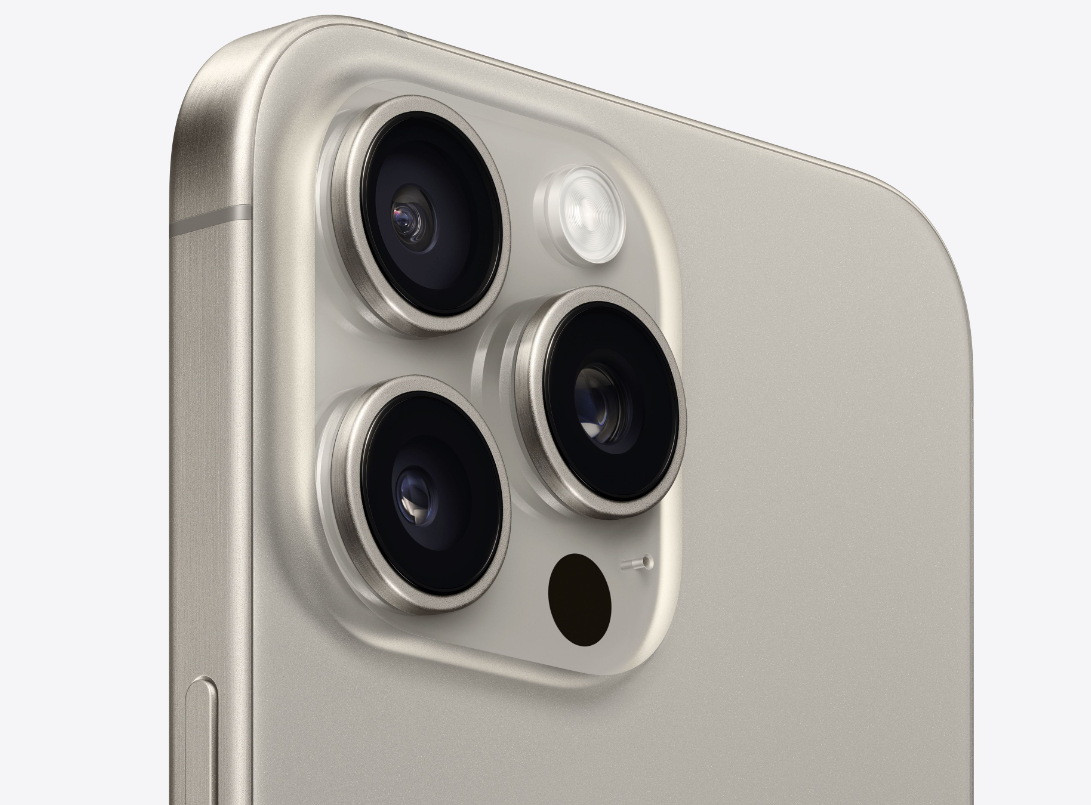
2. Displays & Multimedia
- Expected display of the S24 Ultra: 6.8″ QHD+ Dynamic AMOLED 2X Display, 120 Hz LTPO, HDR10+, Always On, Eye Comfort Shield, Vision Booster, 3120 x 1440 pixels, 505 PPI.
- Display specs of 15 Pro Max: ~1300P LTPO OLED 120Hz display with 2000 Nits of peak brightness and Dolby Vision HDR, 480Hz PWM.
The iPhone 15 Pro Max has a sharp and bright display with Dolby Vision HDR. It uses LTPO OLED technology and can reach 2000 Nits of peak brightness. The iPhone also has excellent HDR processing when consuming content.
However, the S24 Ultra is about to break this 2000 Nits record and hit 2600 Nits peak brightness. Considering that the S24 Ultra will have a higher resolution 1440P screen, it’s better in the sharpness area. However, it won’t support Dolby Vision HDR, and Samsung is historically bad with PWM values. This category could go either way.
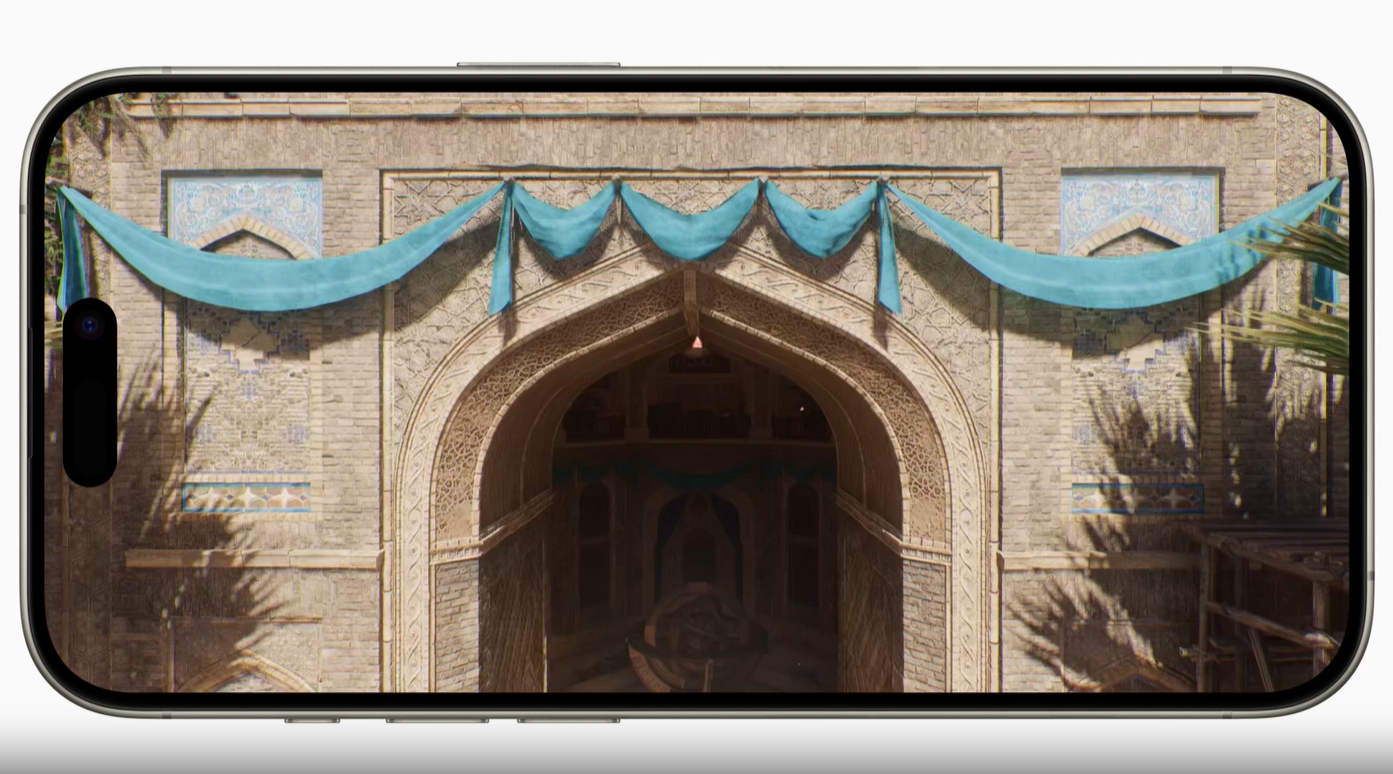
4. Performance and Gaming
The Samsung Galaxy S24 Ultra will ship with Qualcomm’s best Snapdragon 8 Gen 3 chip. The 8 Gen 3 will apparently drop one of the efficiency cores in favor of a mid-tier performance core. Observing how much this impacts the phone’s battery life will be interesting.
The 8 Gen 2 already supports Ray Tracing and has a GPU that also outperforms the A17 Pro in some cases. The A17 Pro, unfortunately, suffers from heating issues, and the efficiency with the 3nm node isn’t as good as we expected. Since the rough estimate for TSMC 3nm chips is just 55%, the chips are expensive, performance-focused, and prone to heating and efficiency issues.
The Snapdragon 8 Gen 3 for Galaxy uses the 4nm TSMC fabrication, with a 1+3+2+2 (8-core) CPU cluster and 3.39 GHz, 3.1 GHz, 2.9 GHz, and 2.2 GHz clock speeds, respectively.
While the ISPs are primarily comparable, Apple is disadvantaged in the GPU standard. The 8 Gen 3’s GPU is much better overall in terms of stability and efficiency. Apple’s CPU is, however, approaching desktop-class performance with over 7000 points in the Geekbench 6 Multi-Core performance test.
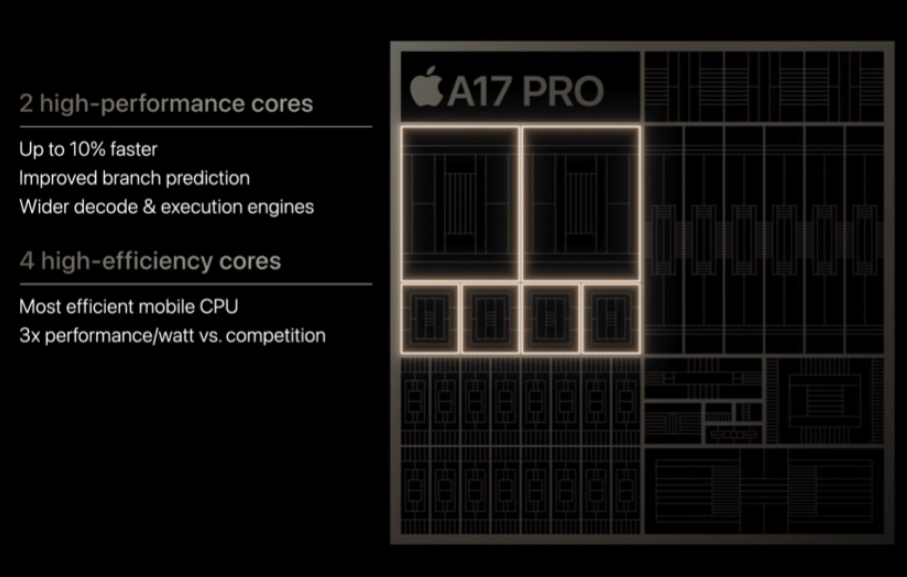
5. Battery and Charging
The iPhone 15 Pro Max charges at 27W peak, and the S23 Ultra can charge at 45W. The S23 Ultra can charge in under an hour, while the iPhone takes over an hour and a half. There are rumors that Samsung could use a stacked battery or move to 65W fast charging with their upcoming phones. If they do, the phone will charge fully in under 45 minutes, which is fast enough for most consumers.
The iPhone is still stuck with slow charging despite the move to USB Type C. The battery optimization isn’t looking too great with the A17 Pro either, with Samsung beating the iPhone 15 Pro Max in many reports. But since the S24 Ultra’s SOC could drop an efficiency core, we’re not sure if it’ll match the excellent efficiency of the Snapdragon 8 Gen 2.
